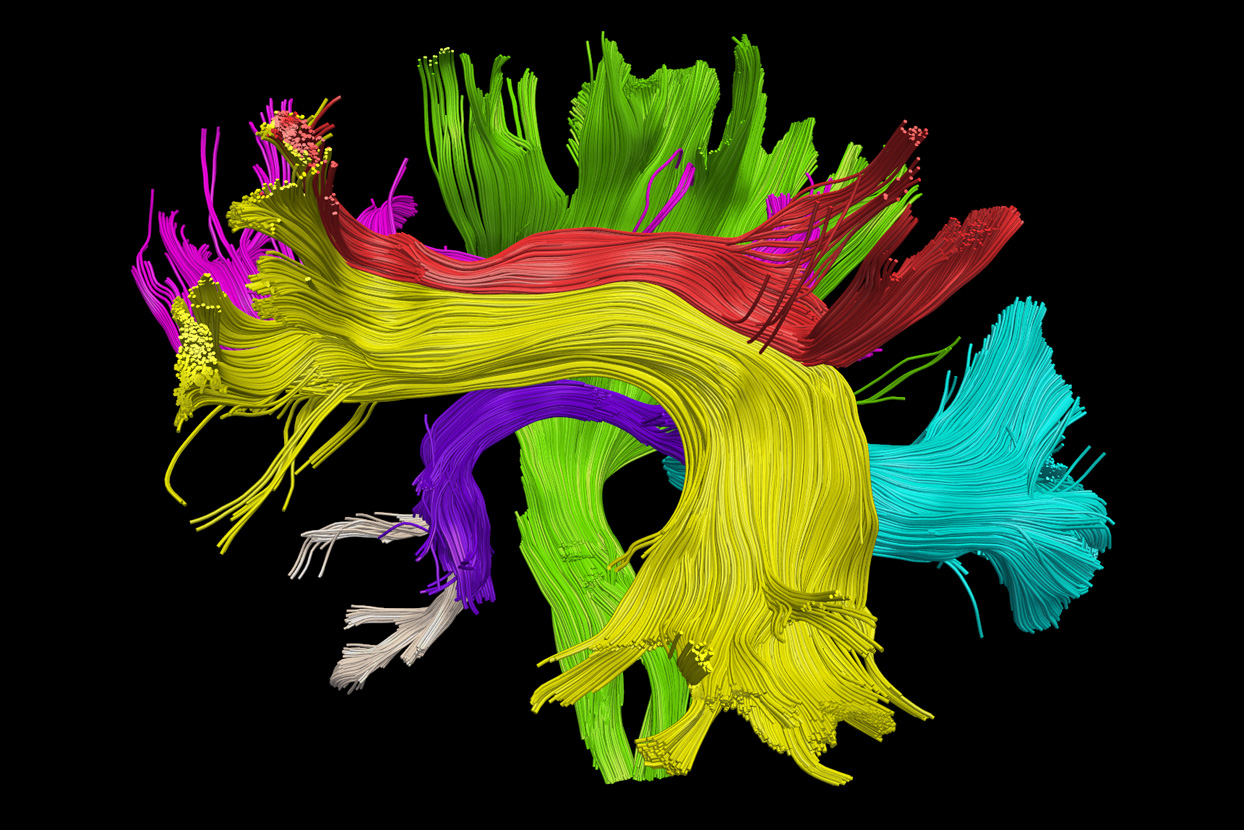The _____ Between Us Lines
November 2, 2017artist contribution,
‘The _____ Between Us Lines’ is an experimental text contribution by Wilfred Vlad Tomescu to the Open! COOP Academy research theme (Against) Neuralgia: Care of the Brain in Times of Cognitive Capitalism. The aesthetics of the text are meant to reminisce about dot matrix or thermal printing and to reference ticker tape, punch cards and the first human computers, such as Jean Bartik, a savant mathematician operating the ENIAC in 1946.
To explore ‘The _____ Between Us Lines’, read the author’s introduction, scroll through the image and download the complete text.

Introduction
The first sexual act is one of devouring.
Two single cells are entangled in a desire to be inside one another.1
Over time, asteroids collide and fuse together to form a habitable planet.
A single cell submits to another to become a symbiotic, complex organism.2
Ancient bacterial communities develop genetic technologies of survival; they begin living in denser and more efficient colonies organised as larger living entities
Synapses are gates at the end of busy axon terminals full of neurotransmitters.
The majority of these chemical messengers are nurtured in the gut microbiome.3
‘The _____ Between Us Lines’ is a 2-dimensional exploration of a cellular microcosm.
The text departs from the idea that strands of DNA4 and repeated neural impulses could be used as units of language to create linguistic patterns. Simultaneous narratives follow these ramifications and collide into one non-linear programme that skips through timelines and scales to explore isolation.
Single cells possessing subjective cognitive capabilities weave their emotions of longing and separation (from foreign cells) into narratives to broadcast them through the neural network, actively affecting their host’s cognitive processes. Through dreams and hallucinations, the author is taking note of these stories.
‘The _____ Between Us Lines’ is a script, a play, a performance, a poem, an exhibition.
1. Endosymbiosis.
2. A eukaryotic cell.
3. Emeran A. Mayer, Rob Knight, Sarkis K. Mazmanian, John F. Cryan, Kirsten Tillisch, ‘Gut Microbes and the Brain: Paradigm Shift in Neuroscience’, The Journal of Neuroscience 34, no. 46 (12 November 2014), www.ncbi.nlm.nih.gov.
4. Polymerase Chain Reaction.
Wilfred Vlad Tomescu is a collector and curator of words; the sounds they make and carry and those they represent; the meanings they stand for and their misinterpretation. Wilfred is a wordsmith – often composing collected, found or archived material – who has a keen interest in working with the deep nuances of language and exploring the linguistic craft through text-based performance, sound installation, embodied narratives and performative writing.
